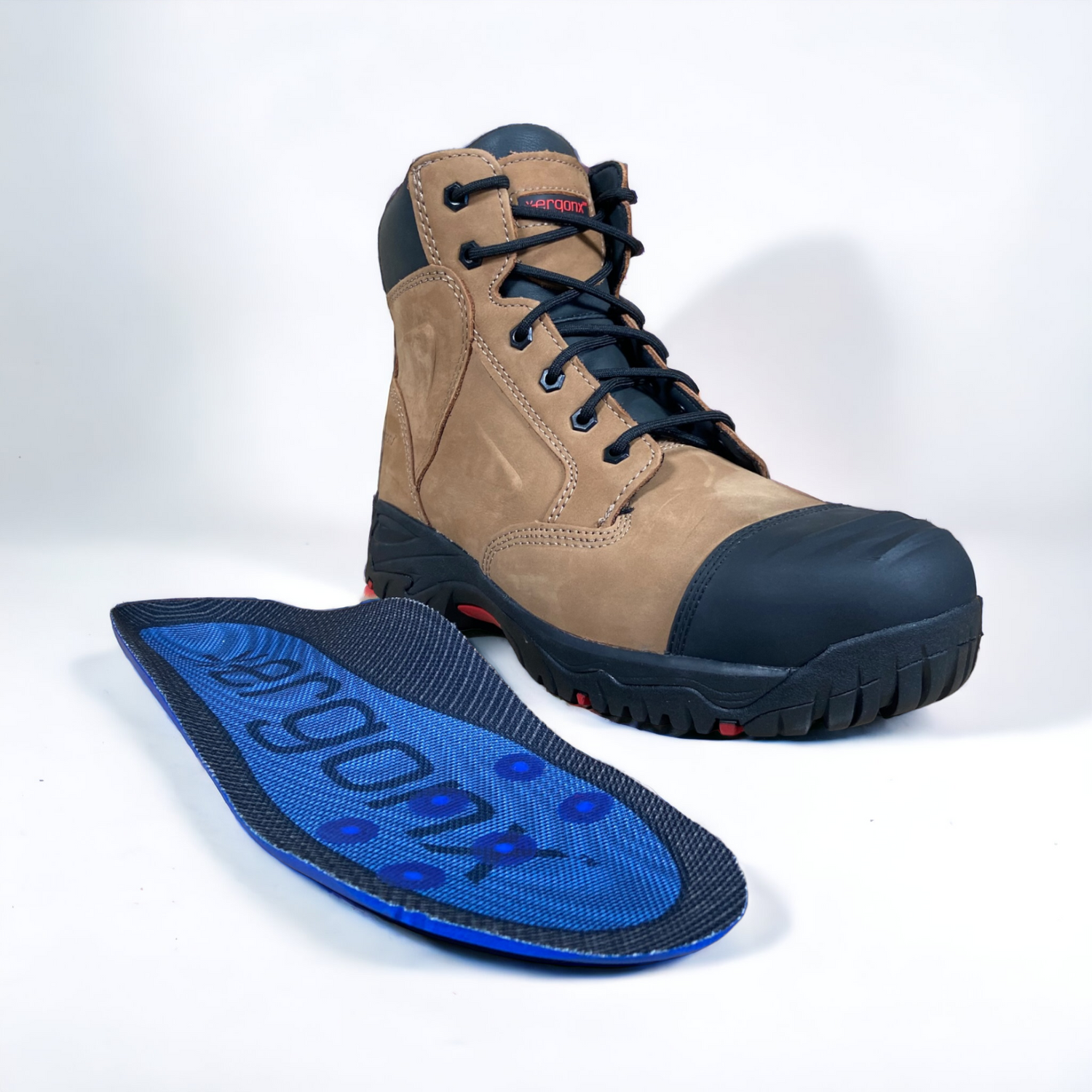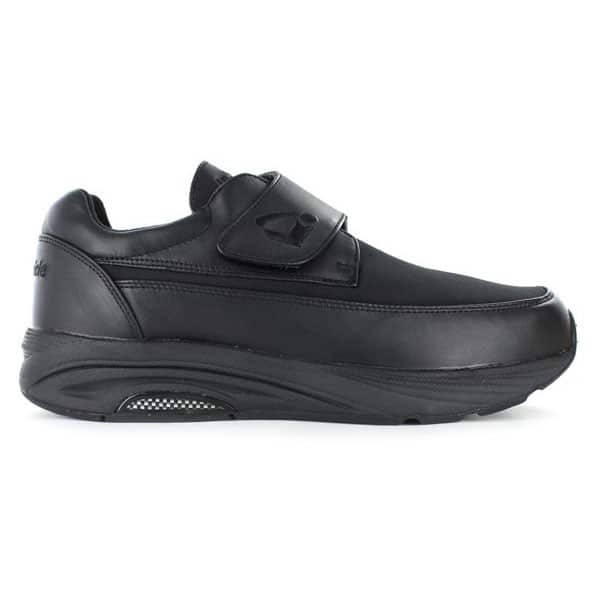Achilles Tendon Bursitis
Bursitis refers to inflammation of a bursa. A bursa is a small fluid-filled sac located at a joint. It has a cushioning effect and prevents friction between bones and muscles or tendons passing through the joints.
The Achilles tendon is the fibrous extension of the calf muscles that joins them to the heel bone in the foot. This is the toughest and strongest tendon in the body, which passes just behind the ankle joint and attaches to the back of the heel bone. There are two bursae, one in the front and one at the back of the tendon. The condition called Achilles bursitis refers to inflammation of the bursae related to the Achilles tendon.
The bursa located in front of the tendon prevents friction between the tendon and the bone surface during movement at the ankle joint. This is the anterior or retrocalcaneal bursa. Inflammation of this bursa is called retrocalcaneal bursitis.
Behind the Achilles tendon is the subcutaneous calcaneal bursa, also called the Achilles bursa. This type of bursitis develops in response to repeated irritation of the skin over the tendon as it protects the bursa from injury. In this process this bursa may also become inflamed, a condition called posterior Achilles bursitis.
Causes:
- Injuries to the heel
- Over pronation
- Tight calf muscles
- Wearing tight-fitting or high-heeled shoes, constantly rubbing and irritating the skin at the back of the heel
- Rheumatoid arthritis
- Excessive stress, such as overdoing athletic training
Symptoms:
Achilles bursitis is often confused with Achilles tendonitis. Both conditions can occur simultaneously. The symptoms of Achilles bursitis, both posterior and anterior, include the usual signs of inflammation, i.e.:
pain at the back of the heel which is sudden if the cause is an injury and gradual in onset when the condition develops slowly
the pain aggravates on walking uphill or on uneven surfaces
a tender swelling appears at the back of the heel
the overlying skin feels warm to touch
In the case of posterior Achilles bursitis, a red lump may appear at the back of the heel (pump bump), so called because of its connection to wearing high heels or pumps.
the swelling if left untreated becomes hard over time.
Diagnosis:
Diagnosis involves a history of wearing ill-fitting shoes or high heels, which puts a constant strain on the back of the heel. An X-ray may also be advised to check for any damage to the heel bone such as a fracture or degenerative changes caused by arthritis (inflammation of the bones).
Treatment:
For immediate pain relief, follow the RICE protocol, i.e., rest, ice pack application. Compress the area using an elastic wrap and elevate the leg.
Insole devices such as Docpods ultra soft innersoles help to limit excess movements in the foot.
Calf stretching relieves tension on the calf and Achilles tendon. Anti-inflammatory medication also helps to relieve pain and resolve inflammation. In resistant cases, contortionists may also be injected locally; however, there are risks associated with injecting the steroid into the tendon, as this weakens the tendon.
Avoid any stressful activity and wearing high heels or ill-fitting shoes. Use heel pads/cups to elevate the heel. Use padding around the tender area and/or stretch the back of the shoe, to protect from further injury. Ultrasonic massage treatment can be applied.
If there is an infection, antibiotics may be required, along with draining the bursa.
If the condition does not resolve with conservative measures, surgery may be required. This involves cleaning the area of damaged tissue and removing any bony projections.





